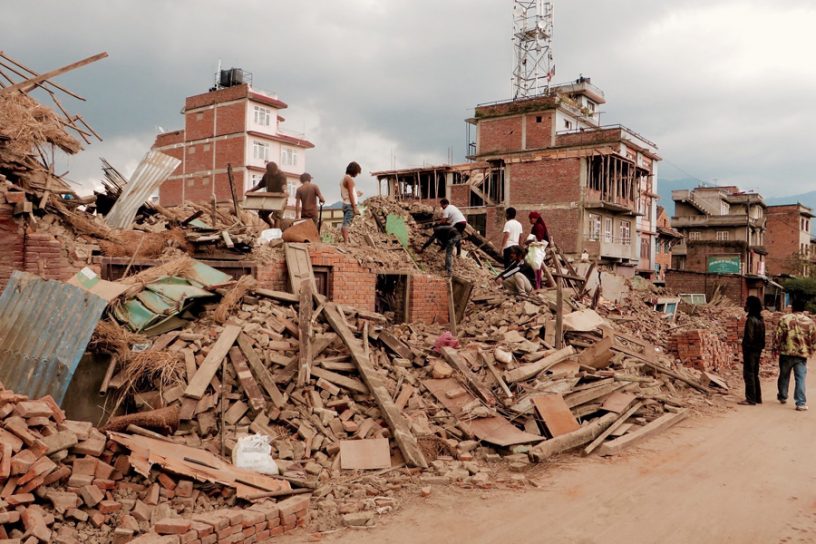
The paper formulates a multiobjective location–relocation model that considers multiple objectives of risk, number of sites, unmet demand, qualitative suitability of locations, unmet demand, and nature of land ownership while generating solutions under different scenarios of earthquake damage.
Authors
Ashish Trivedi, Associate Professor, Jindal Global Business School, O.P. Jindal Global University, Sonipat, India.
Amol Singh, Indian Institute of Management Rohtak, MD University Campus, Rohtak, India.
Summary
This paper explores the location and relocation decision problem of temporary shelters under uncertain damage situations in humanitarian relief contexts. The article proposes a multicriteria decision support framework based on fuzzy sets, analytic hierarchy process, technique for order preference by similarity to ideal solution, and weighted goal programming to address the issue of temporary shelter planning.
The paper formulates a multiobjective location–relocation model that considers multiple objectives of risk, number of sites, unmet demand, qualitative suitability of locations, unmet demand, and nature of land ownership while generating solutions under different scenarios of earthquake damage.
The robustness and performance of the proposed model are illustrated using a real case study of 2015 Nepal earthquake. The framework can benefit governments and humanitarian agencies in high-seismic areas for adequate shelter planning under damage uncertainties.
Published in: Journal of Multi-Criteria Decision Analysis
To read the full article, please click here.


